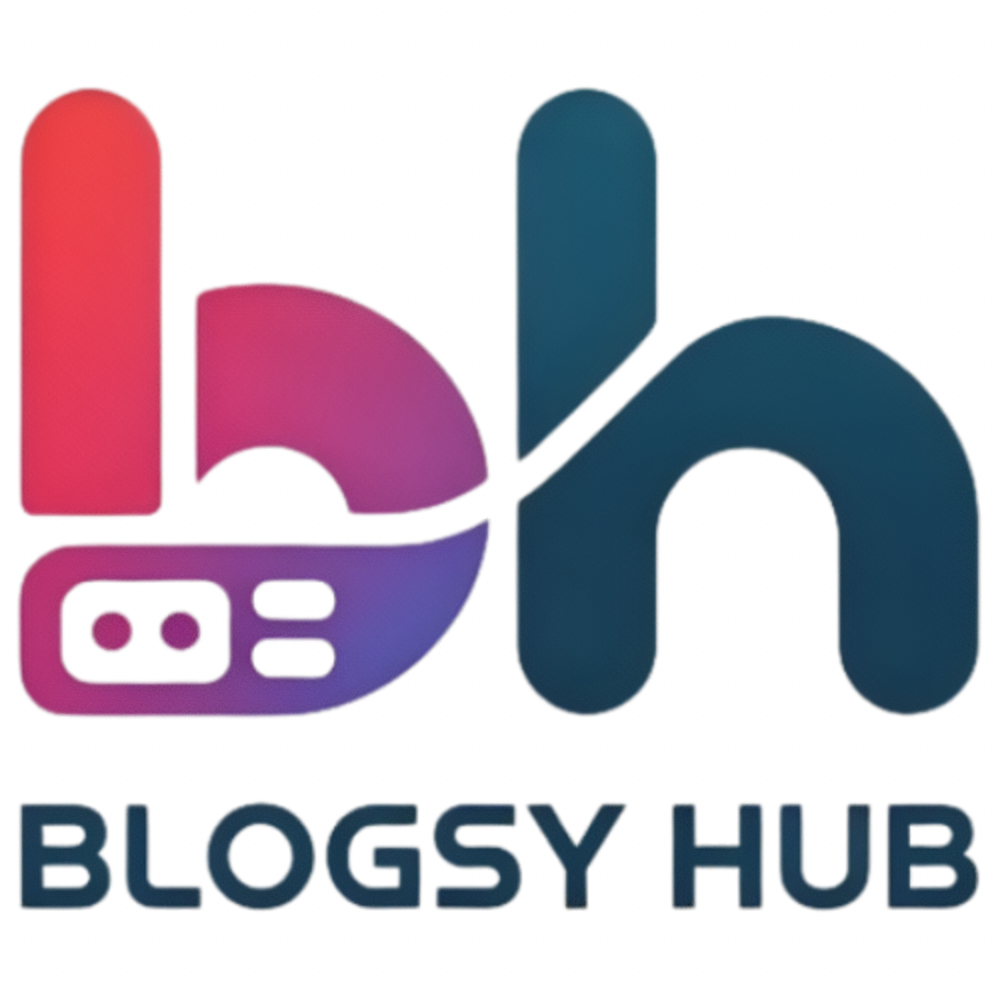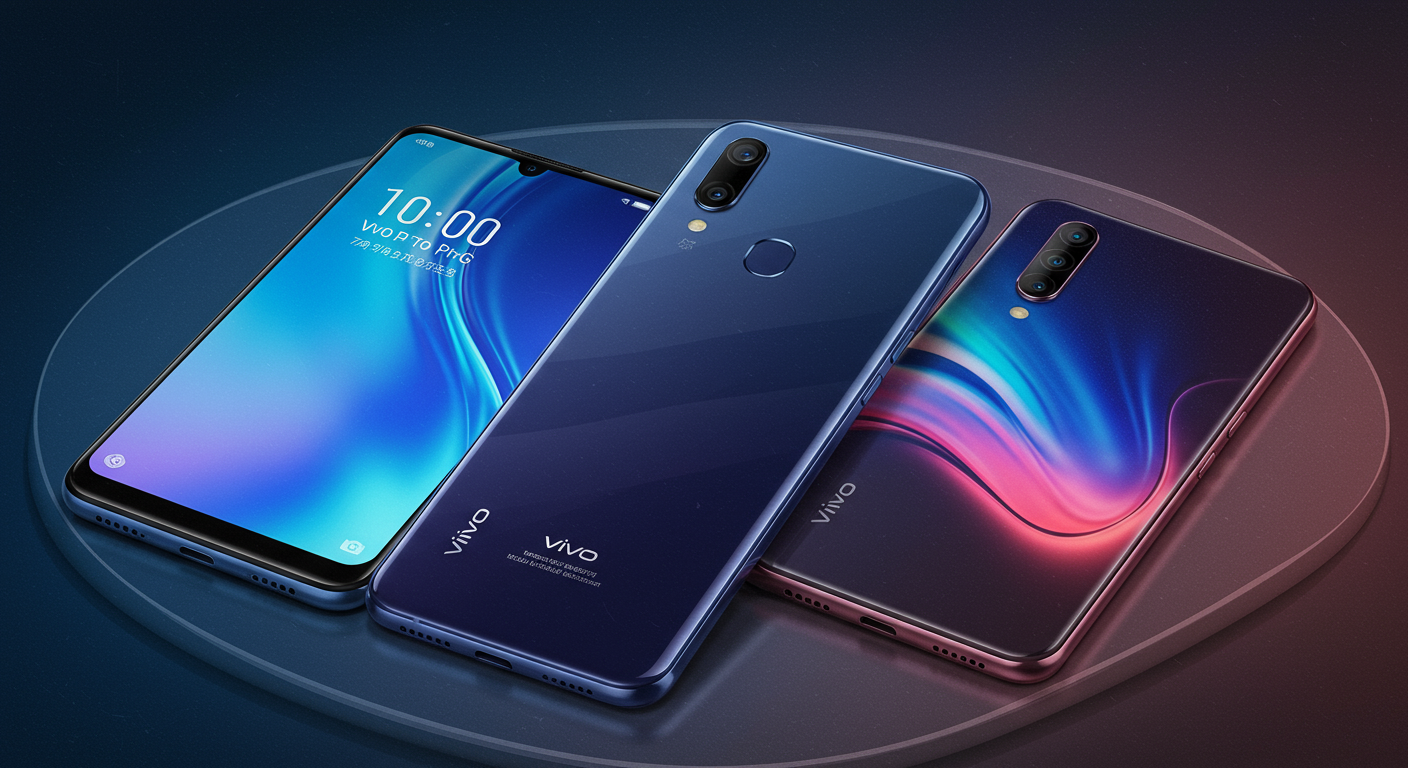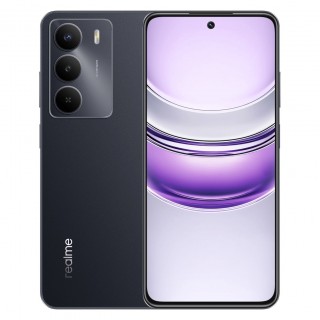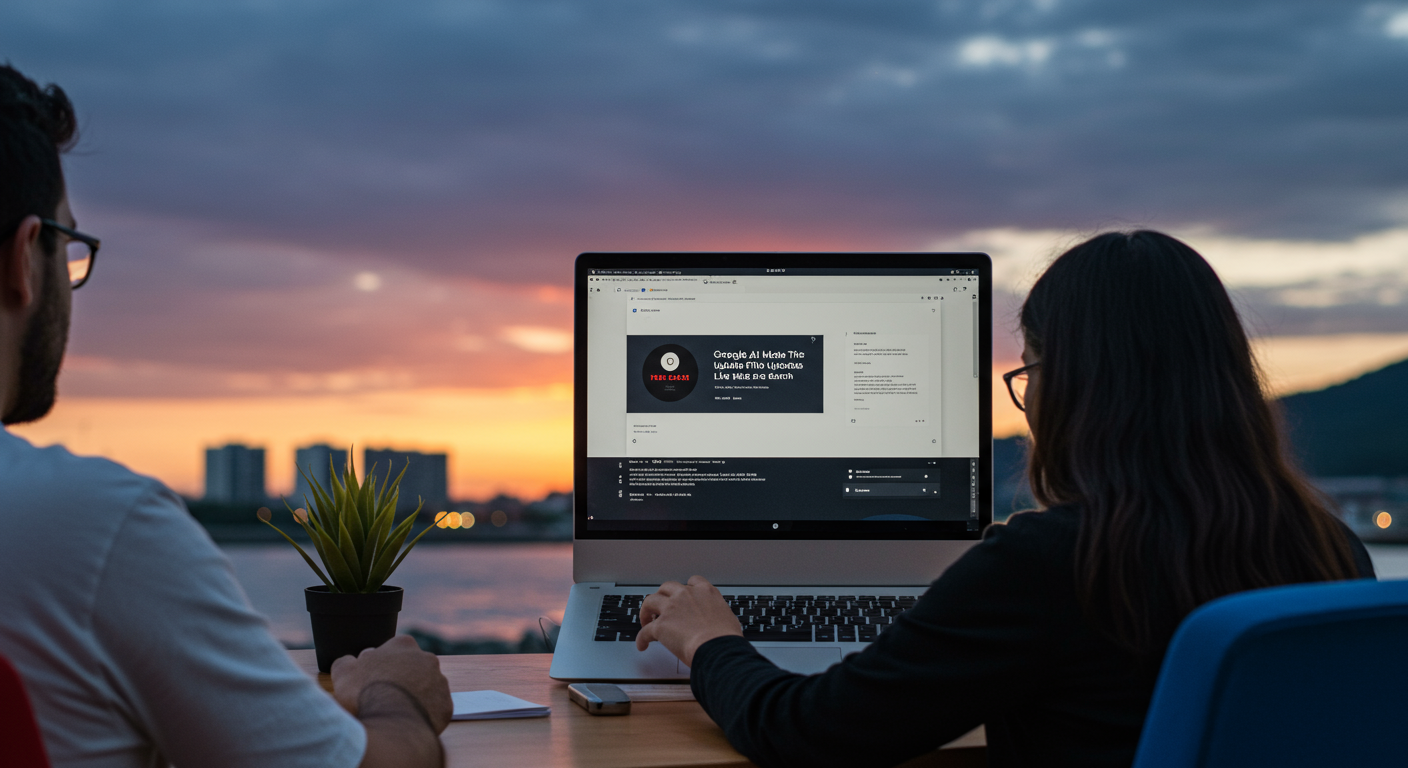Apple Unveils iOS 26: The Revolutionary Liquid Glass Interface That’s Changing Everything
- Abhishek
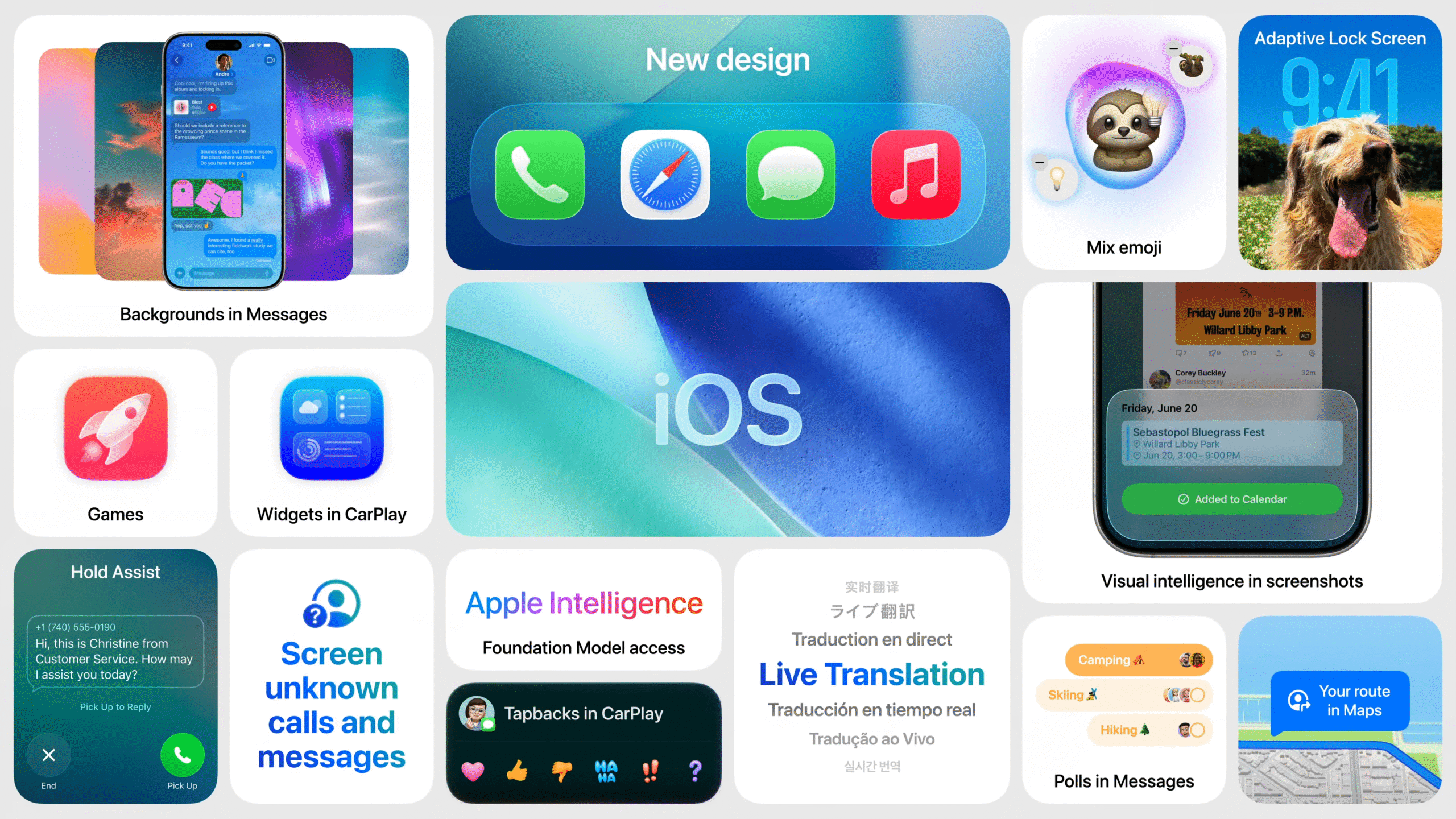
Apple has just dropped a bombshell at WWDC 2025 that has the entire tech world buzzing. The company has officially announced iOS 26, featuring the groundbreaking “Liquid Glass” interface that promises to transform how we interact with our iPhones. This isn’t just another incremental update – it’s a complete visual revolution that brings the magic of Apple’s Vision Pro design language to our pockets.
What Makes Liquid Glass So Special?
The Liquid Glass interface represents Apple’s most ambitious design overhaul since the introduction of iOS 7’s flat design back in 2013. Drawing inspiration from the stunning visionOS that powers the Apple Vision Pro headset, this new interface creates a sense of depth and dynamism that makes your iPhone feel more alive than ever before.
The magic lies in the details. The Liquid Glass design adapts and shifts based on the content you’re viewing, creating a fluid, almost organic feel to your device’s interface. The colors literally change depending on what’s on your screen, seamlessly transitioning between light and dark environments. It’s like having a living, breathing interface that responds to your every interaction.
Imagine widgets on your home screen that seem to float above the wallpaper, with subtle reflections and transparency effects that make them appear three-dimensional. The camera app now features glass-like elements that shift and shimmer as you move your phone, while system controls have a translucent quality that makes them feel both present and ethereal.
A Complete Visual Transformation
Apple hasn’t just slapped a new coat of paint on iOS – they’ve rebuilt the visual foundation from the ground up. Every element, from the smallest button to major app interfaces, has been reimagined with this glass-like aesthetic. The result is an operating system that feels both familiar and completely new at the same time.
The notification system now features glass-like panels that seem to emerge from the depths of your screen, while the Control Center has been redesigned with flowing, transparent elements that respond to touch with subtle animations. Even simple tasks like adjusting volume or brightness now feel more engaging thanks to these carefully crafted visual enhancements.
What’s particularly impressive is how Apple has managed to maintain the clean, minimalist aesthetic that iOS is known for while adding these rich visual effects. The Liquid Glass interface never feels overwhelming or distracting – instead, it enhances the user experience by providing visual cues and feedback that feel natural and intuitive.
Empowering Developers with New Creative Tools
Apple hasn’t kept the Liquid Glass magic to themselves. The company has released an updated set of APIs that gives developers access to the same materials and components used to create the system interface. This means third-party apps can now integrate seamlessly with the new design language, creating a cohesive experience across your entire device.
Developers can now incorporate glass-like elements, dynamic color shifting, and depth effects into their own applications. This opens up incredible possibilities for app design, allowing creators to build experiences that feel truly integrated with the operating system rather than sitting on top of it.
Beyond Beauty: Enhanced Functionality
While the visual transformation is certainly the star of the show, iOS 26 brings substantial functional improvements as well. The new interface isn’t just prettier – it’s smarter and more intuitive. Apple has leveraged the glass design to provide better visual hierarchy and clearer navigation paths throughout the system.
The enhanced visual feedback makes it easier to understand what’s interactive and what’s not, while the dynamic color system helps guide your attention to the most important elements on screen. This isn’t just eye candy – it’s thoughtful design that makes your iPhone more pleasant and efficient to use.
Apple Intelligence also gets significant enhancements in iOS 26, with new AI-powered features that help users get things done more efficiently than ever before. The integration feels seamless, with AI suggestions and assistance appearing through the same beautiful glass interface elements.
Device Compatibility: Who’s In and Who’s Out
Here’s what iPhone users have been waiting to hear: iOS 26 will be compatible with iPhone 11 and newer models. This means if you own an iPhone 11, iPhone 11 Pro, iPhone 11 Pro Max, or any iPhone released after 2019, you’ll be able to experience the Liquid Glass interface firsthand.
Unfortunately, this also means that several older models won’t make the cut. iPhone XS, iPhone XS Max, iPhone XR, and earlier models will be left behind with this update. For many users with these devices, this might be the push they need to consider upgrading to a newer iPhone to experience Apple’s latest innovations.
The decision to limit compatibility to iPhone 11 and newer likely reflects the processing power required to render the complex visual effects of the Liquid Glass interface smoothly. Apple has always prioritized performance, and they’d rather maintain a smaller list of supported devices than compromise the user experience.
When Can You Get Your Hands on It?
The first iOS 26 developer beta is available starting immediately for registered developers who want to start experimenting with the new interface and APIs. For the rest of us, Apple will likely release a public beta in the coming weeks, allowing adventurous users to try out the new features before the official launch.
The full public release of iOS 26 is expected this fall, following Apple’s traditional timeline for major iOS updates. This gives the company several months to refine the interface, fix bugs, and ensure that the Liquid Glass experience is polished and ready for hundreds of millions of users worldwide.
The Future of Apple Design
iOS 26’s Liquid Glass interface represents more than just a visual update – it’s a glimpse into the future of Apple’s design philosophy. By bringing elements from visionOS to traditional touch interfaces, Apple is creating a unified design language that spans all their platforms.
This convergence suggests that Apple is thinking holistically about user experience across all their devices. Whether you’re using an iPhone, iPad, Mac, or Vision Pro, you’ll increasingly find familiar design elements and interaction patterns that make switching between devices feel seamless and natural.
The introduction of Liquid Glass also positions Apple perfectly for future innovations. As the company continues to push into augmented reality and spatial computing, having a design language that already incorporates depth, transparency, and dynamic visual effects provides a solid foundation for even more immersive experiences.
Apple’s iOS 26 with Liquid Glass isn’t just an update – it’s a statement about the future of mobile computing. It shows that even after nearly two decades of iPhone development, Apple is still finding ways to make our devices feel magical and new. For millions of iPhone users, this fall can’t come soon enough.
